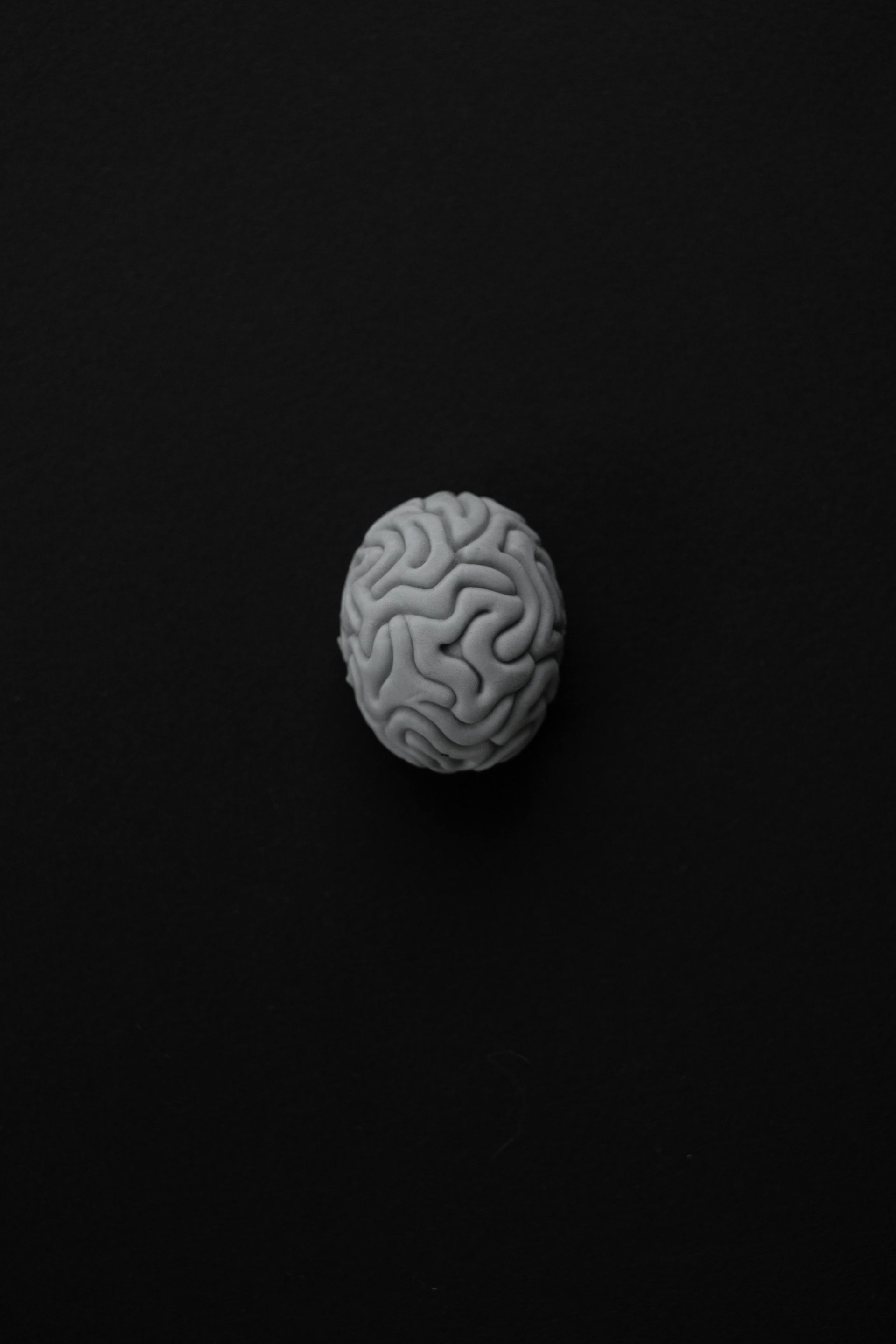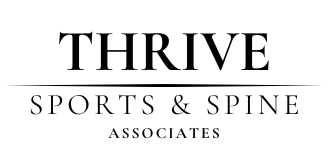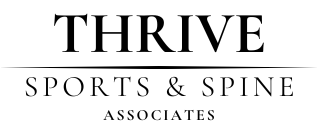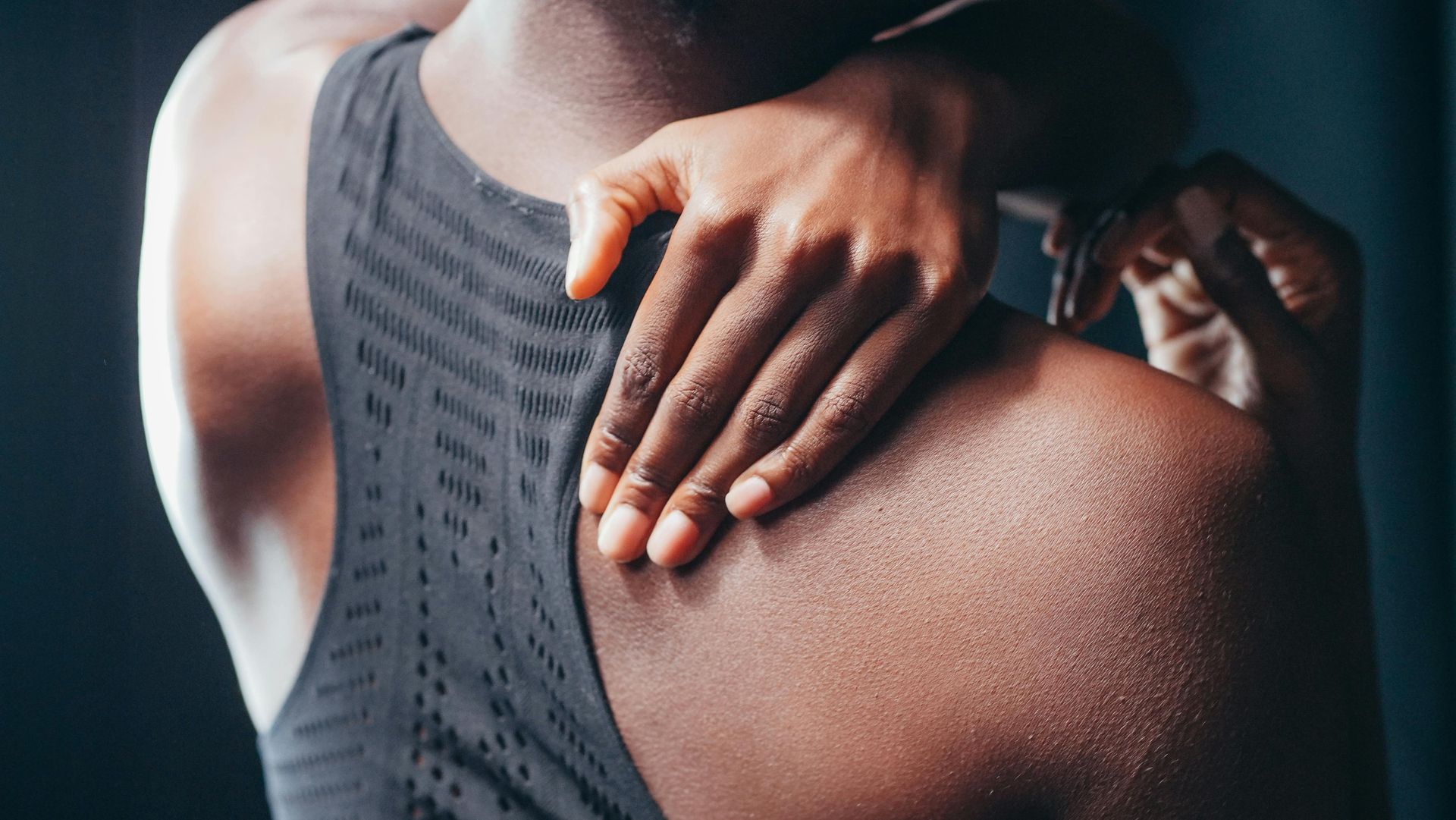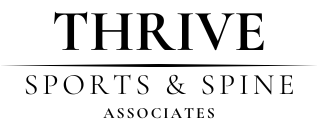The Snowball Effect of a Weak Hip Abductor Muscle

The Snowball Effect of a Weak Hip Abductor Muscle
Written by Charlie Annunziata, DC
What is your hip abductor and why is it so important when you have pain or dysfunction in your lower back and legs? Think of your hip abductor as a side butt muscle. When it's weak, it can cause a domino effect of problems, such as pain in the low back, knee, hip and even as far down as the foot because of how crucial this muscle is in stabilizing the pelvis and controlling leg movement. Recent research has shown that about 70% of low back pain patients have hip abductor weakness.
How It Impacts Different Body Parts
Wobbly Hips: This muscle helps keep your hips stable. When it's weak, your hips can become wobbly, especially when you're standing on one leg (like when you walk). This wobbliness can stress your lower back.
Low Back Pain: A weak hip abductor can result in increased arch in your lower back and subsequent intervertebral disc compression. It may also cause the body to compensate by relying on other muscles to work overtime. When your side butt muscle is slacking, other muscles must pick up the slack. One muscle in your lower back (called the QL) often works extra hard, which can make your back stiff and painful.
Knee Pain: A weak hip abductor muscle can cause the knee to rotate inward, causing the patella to rub against the femur which is known as patellofemoral pain syndrome or runner's knee. This inward rotation creates an imbalance during walking or running, potentially causing lateral meniscus problems and patellar tracking issues.
Hip Pain: The most prominent symptoms of a weak hip abductor are hip pain and stiffness. This will cause a muscle on the front of the hip called the TFL to work too hard leading to a forward tilt of the pelvis and pain on the side of your thigh called iliotibial (IT) band syndrome.
Foot Pain: As discussed previously, weakness in the hip abductor causes the leg to rotate inward, placing abnormal strain on the foot and causes the arch in the foot to drop. This can lead to pain in the bottom of the foot that does not seem to go away, a condition known as plantar fasciitis.
Additional Consequences: A weak hip abductor can also decrease stability and balance which can lead to falls, and abnormal walking patterns which can increase the risk of hip, knee, and foot injuries.
How do we fix this? It is important to understand that strengthening these abductor muscles will prevent or alleviate most of these conditions, improve overall lower body function and reduce pain. First, we diagnose if your pain is caused by a weak hip abductor muscle through specific tests and then determine what is causing the muscle weakness. We then use treatments such as Active Release Technique, pelvic balancing and targeted exercises and stretches designed for you as a unique patient to get the abductor muscle nice and strong.
So, let’s say you have been shoveling snow. Every time you lift the snow-weighted shovel and rotate your lower body you are contracting your hip abductor muscle. If that muscle is weak, your body will compensate and cause a “snowball” (pun intended) effect of your hip raising up causing compression and pain in your lower back, your knee rotating inward putting pressure on the inside of your knee as well as causing your knee cap to rub against your femur bone, and the arch in your foot to collapse causing plantar fascia pain.
Don't let muscle weakness hold you back from living your best life. Our experienced team of physicians use advanced diagnostic techniques to pinpoint the root cause of your discomfort, providing personalized treatment plans tailored to your unique needs. Whether you're an athlete, active professional, or simply seeking improved mobility, we are committed to getting you back to feeling strong and confident.





